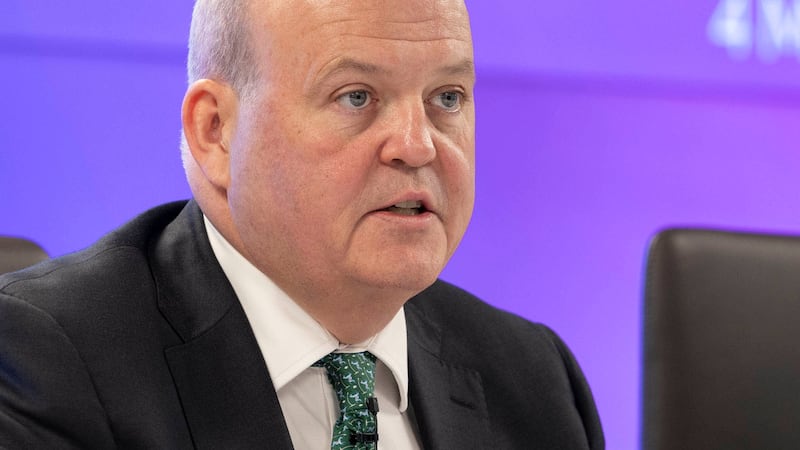Irish banks continue to have among the highest capital reserve “cushions” among European banks, even after surprising the market in recent weeks by taking higher levels of loan impairment charges to deal with an expected surge in bad loans, according to debt ratings agency DBRS Morningstar.
The State's three bailed-out banks, Bank of Ireland, AIB and Permanent TSB (PTSB) set aside a combined €2.23 billon of loan provisions in the first half of the year as they reclassified billions of euro of loans as being more risky as a result of the Covid-19 crisis.
The level of Irish loans that have been moved into this riskier category - or what banks and regulators refer to as Stage 2 assets - is “much higher than seen at European peers”, DBRS said. The ratings agency expects the banks to recognise higher levels of actual non-performing loans (NPLs) in the second half of the year as Covid-19 loan payment breaks come to an end and the effects of the economic shock weigh on borrowers.
AIB chief financial officer Donal Galvin told analysts last week that the heightened level of loan-loss provisioning among Irish banks in the first half of the year reflected the fact that forecasting models are skewed by the effects of the financial crisis. Banks in the Republic were the hardest hit by the crash, due to the extent of the State's property bubble in the run-up to 2008.
“Irish banks started this crisis with very strong capital levels and sound capital cushions available to absorb credit losses. The banks’ capital ratios have been negatively affected by the [first half] losses, however, we consider their capital positions have remained strong and they continue to hold ample capital cushions to absorb further credit losses,” DBRS said.
The three Irish banks, in which taxpayers continue to have large stakes, have average capital levels that are 5.33 percentage points above minimum regulatory requirements, “which is well above the cushions seen at most other European banks”, it said.
Irish banks increased Stage 2 loans by 95 per cent on aggregate, or €13.2 billion, during the first half, leaving €27.1 billion in this category at the end of June - representing a “relatively high” 17 per cent of their combined loans, DBRS noted. This compared to 9 per cent at the end of December, which was already above the European average it said.
Banks are forced by EU rules that came into effect in 2018 to move loans from so-called Stage 1 status to Stage 2 if the risk of them running into problems rises significantly. Lenders must then set aside precautionary provisions against such loans. If the loans actually end up in default or as non-performing loans, they move into what’s known as Stage 3, which leads to further provisioning and likely debt forbearance or restructuring.
















